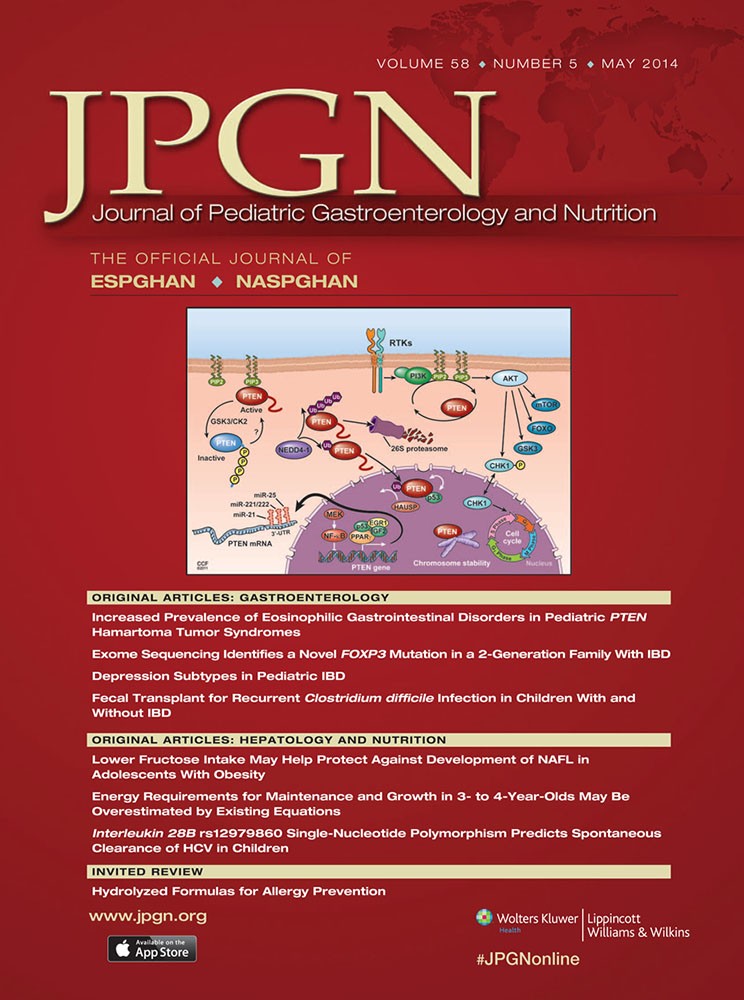Variability of Resting Energy Expenditure in Infants and Young Children With Intestinal Failure–Associated Liver Disease
D.D. was supported by the following grants: Institutional Grant (NIH T32-HD43034-05A1), Pilot Feasibility from the Clinical Nutrition Research Center (NIH #P30 DK40561-13), and the Junior Faculty Career Development Award from Children's Hospital, Boston. C.D. was supported in part by NICHD K24HD058795. The other authors report no conflicts of interest.
ABSTRACT
Objective:
The aim of the study was to determine, in a cohort of young children with intestinal failure (IF), whether the estimates of basal metabolic rate (BMR) by standard equations can approximate measured resting energy expenditure (REE) by indirect calorimetry (IC).
Methods:
IC was performed using the dilutional canopy technique. REE measurements were compared with standard, age-based estimation equations (World Health Organization) for BMR. Subjects were classified as hypermetabolic (REE > 110% BMR), hypometabolic (REE < 90% BMR), or normal (REE = 90%–110% BMR).
Results:
Twenty-eight IF patients (11 girls, 17 boys) had an underlying diagnosis of necrotizing enterocolitis (n = 10) or a congenital gastrointestinal defect (n = 18). Median age was 5.3 months. Median interquartile range (IQR) REE was 46 (42–58) kcal · kg−1 · day−1. Median (IQR) total energy intake provided 209% (172%–257%) of REE, with parenteral nutrition providing 76% (23%) of total energy intake. REE was variable, with 39% (n = 11) of measurements hypermetabolic, 39% (n = 11) hypometabolic, and the remaining 21% (n = 6) normal. Although REE was well correlated with estimated BMR (r = 0.82, P < 0.0001), estimated BMR was not consistently an adequate predictor of REE. BMR over- or underestimated REE by >10 kcal · kg−1 · day−1 in 15 of 28 (54%) patients. REE was not significantly correlated with severity of liver disease, nutritional status, total energy intake, or gestational age.
Conclusions:
Energy expenditure is variable among children with IF and IF-associated liver disease, with approximately 80% of our cohort exhibiting either hypo- or hypermetabolism. Standard estimation equations frequently do not correctly predict individual REE. Longitudinal studies of energy expenditure and body composition may be needed to guide provision of nutrition regimens.




